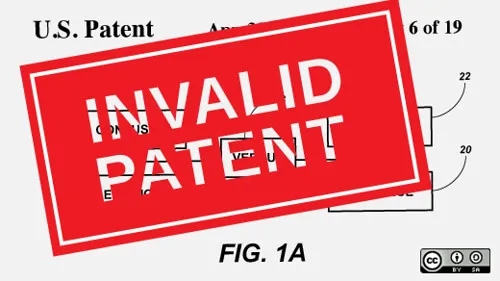
By: Karina Paup Byrnes
On March 24, 2024, Washington’s State Governor, Jay Inslee, signed into law the “Strippers’ Bill of Rights” (SB 6105/ HB 2036), which provides adult dancers with increased safety protections in the workplace. Adult entertainers employed at strip clubs across Washington state are now legally entitled to safeguards such as keypad entrances to dressing rooms, panic buttons in private room where employees are alone with customers, mandatory sexual harassment training for all employees, and security guard staffing on site. However, this bill represents more than just a win for workers’ safety and financial security. The legislation importantly recognizes that adult entertainers should be afforded the same rights and protections as any other employee, allowing dancers to more freely and safely participate in the creative expression of their profession.
Strippers Are Workers
The Strippers’ Bill of Rights movement was spearheaded by the dancer-led organization known as Strippers are Workers (“SAW”). SAW “fights to empower the dancers of Washington state so that they can strip safely, positively, and lucratively.” Established in 2018, the organization has been a leader in calling for greater regulation of the adult entertainer industry in Washington. SAW has successfully advocated for reductions in industry practices that are harmful to dancers. Its work has enabled dancers to gain protective measures that are both essential for maintaining a safe work environment and crucial for reducing stigmas and other barriers that adult entertainers face.
The SAW’s work has enabled more financial freedom for dancers, seen best in one critical aspect of the Strippers’ Bill of Rights. Currently, dancers must pay a set club fee for every shift they work, whether or not they make money during the shift. Thus, unpaid fees carry over from previous shifts. After its passage, the bill caps these fees at $150 or 30% of the total amount the employee earned during their shift, whichever is less. Additionally, the legislation bars clubs from carrying over unpaid fees. Impeding clubs from imposing predatory financial constraints over their employees will lessen dancers’ burdens to work with potentially hazardous clients and give them greater financial independence.
Increased Revenue, Safety, and Freedom
A key component of the legislation involved repealing the prohibition of alcohol sales in strip clubs. Prior to the bill’s passage, Washington was the only state that imposed an absolute ban on alcohol sales in strip clubs. This restriction limited the revenue of dancers and clubs and put pressure on dancers to engage with guests, even when such guests arrived at the club highly intoxicated or were known to be violent. The purpose behind allowing strip clubs to apply for alcohol licenses is to prevent abuse of dancers and to enable greater financial mobility for employers and employees. Additionally, with the increased revenue generated through alcohol sales, clubs should be able to afford the safety protections as required by the Act.
The Strippers’ Bill of Rights signals that mandated safety measures in strip clubs are long overdue. Proponents of the legislation are celebrating the reform of adult entertainer establishments not just for the increased physical safety and potential positive financial effects, but also for the validation of dancers as employees who deserve respect and autonomy in the workplace. These protective measures empower dancers and enable them to retain the self-expression that is an important element of their work.On a larger scale, the bill also demonstrates the growing movement towards the decriminalization of sex work. SAW’s campaign manager stated that “there needs to be more of a national push for a more radical and revolutionary way of establishing labor rights, because, you know, it is 2024 and it’s time to do things differently.” As the Washington State Department of Labor and Industries starts drafting and implementing the new rules and guidelines for adult entertainment clubs over the next year, many will be looking at how the work environment for dancers will begin to change for the better. Protecting the rights and interests of dancers participating in sex work has garnered more attention by lawmakers, and advocates hope that other states will follow in Washington’s steps.



